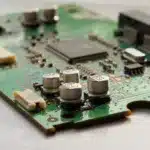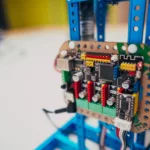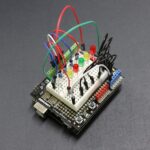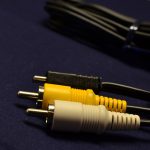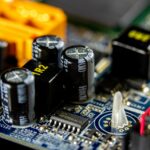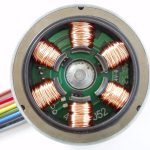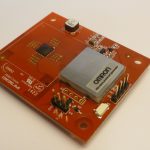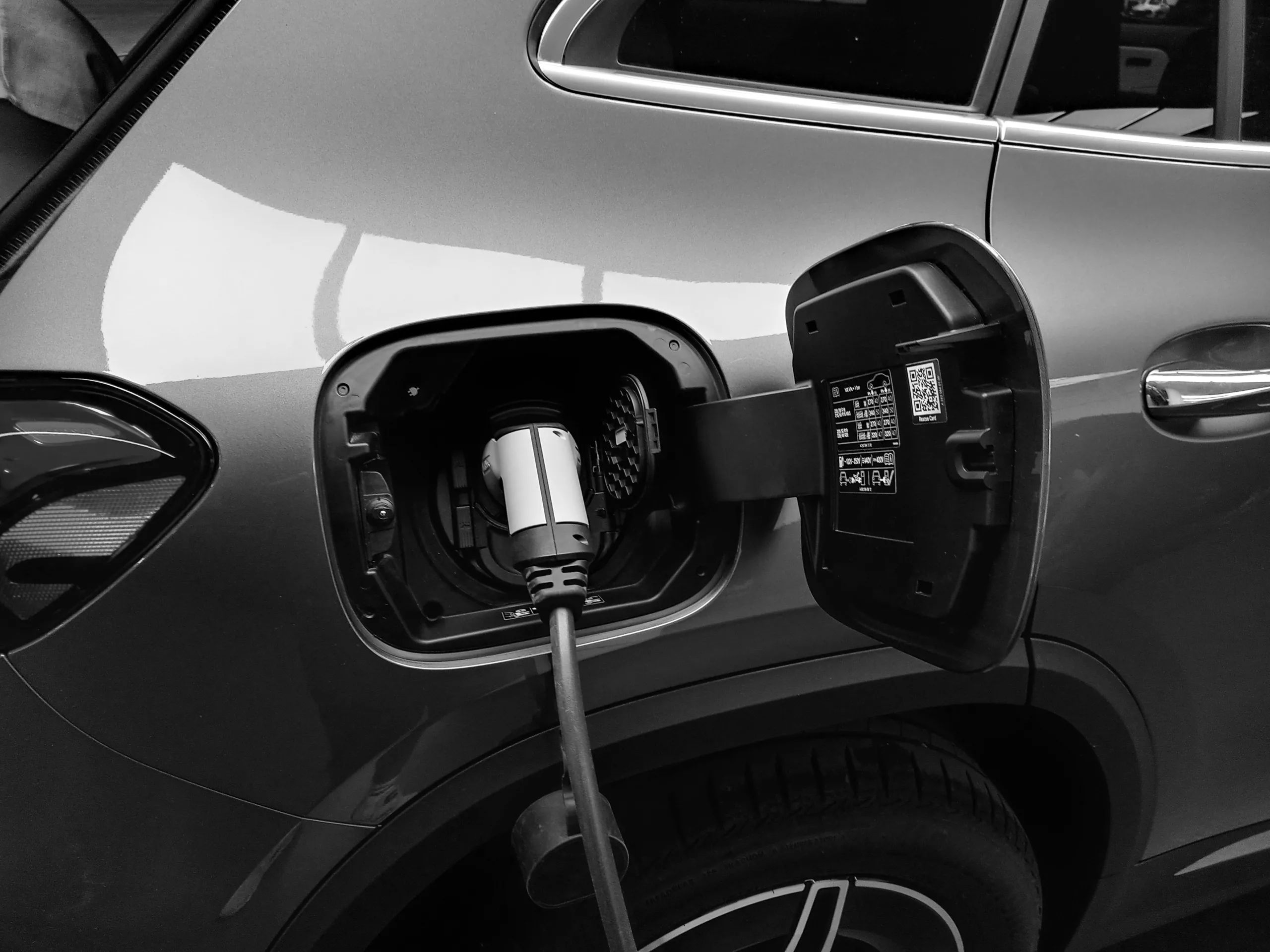
Introduction
With the increased adoption and robust popularity of electric vehicles–EVs, understanding EV charging connector becomes paramount. These versatile connectors are pivotal in facilitating the energy transfer from the charging station to the electric vehicle, enabling efficient and safe charging. This guide comprehensively explores EV charging connectors, their standard types and functionalities, and the future of charging technology.
Understanding EV Charging Connectors
To charge your vehicle, an EV charging connector serves as a physical interface between the EV and the charging station. It is designed to connect a charging cable to the vehicle’s compatible charging port, allowing for the current flow for charging the vehicle’s battery. EV charging connectors are user-friendly, efficient, and, above all, safe. With various connector types available, the choice depends on the region, the type of charging station, and the vehicle model. Additionally, some charging stations house multiple connector types to accommodate different EV models.
Exploring the Most Popular EV Charging Connector Types
EV charging connectors come in varied types that fit different EV charger designs. Of these assorted, each connector type is often specific to particular regions. Moreover, EV connectors are classified as slow (AC) and fast (DC) chargers. Some of the most popular EV charging connector types include:
- Type 1 (SAE J1772) EV Charging Connector
Type 1, also known as SAE J1772, is a North American standard connector predominantly used in the United States and Japan. It features a 5-pin design with a single-phase AC charging capability of around 7.4 kW. Many legacy EVs rely on Type 1 EV connectors and are commonly found in early EV models.
- Type 2 (IEC 62196-2) EV Charging Connector
Type 2, or IEC 62196-2, is the prevailing standard in Europe and is rapidly becoming the global standard for AC charging. With a 7-pin configuration, Type 2 connectors support both single-phase and three-phase AC charging, significantly enhancing charging speed. Depending on the charging station’s power output and the vehicle’s capability, Type 2 connectors can deliver charging capacities ranging from 3.7 kW to 22 kW.
- CHAdeMO EV Charging Connector
CHAdeMO was an early Japanese DC fast-charging connector mainly used by Asian automakers. With a unique design, CHAdeMO connectors can deliver high-voltage direct current to the vehicle’s battery, enabling rapid charging. However, its adoption has declined outside of Japan, with many countries favouring the more standardised CCS connectors.
- CCS–Combined Charging System EV Connector
Combined Charging System is a versatile combo connector combining the AC charging capabilities of Type 2 connectors with the high-speed DC charging of CHAdeMO. These connectors are now the most widely adopted fast-charging standard in Europe and the United States, making them a go-to choice for the latest EV models. The connector integrates two additional pins, making it a 9-pin design. CCS connectors have two types: CCS combo type 1 and CCS combo type 2. Depending on the charging station’s power output, CCS connectors can deliver DC charging capacities ranging from 20 kW to over 350 kW.
- Tesla Connectors
Tesla, one of the pioneering and reputable EV manufacturers, initially used its proprietary connector, the Tesla Connector. However, recognising the need for broader compatibility, the latest Tesla models are now equipped with a Type 2 and CSS connector for AC and DC fast charging. Tesla’s Supercharger network, with 2,500 stations and over 25,000 charge points, built with proprietary high-power chargers, can still be used with Tesla vehicles through adapter compatibility.
- GB/T Electric Vehicle Charging Connector
The GB/T EV charging connector is commonly used in China and has similarities to Type 1 and Type 2 connectors. It supports both AC and DC charging for vehicle models in China.
Wireless Charging Technology for EVs
Wireless charging or inductive technology is an emerging development in the world of EVs, allowing them to charge without requiring physical connectors. Inductive charging systems use electromagnetic fields to transfer energy from a charging pad embedded in the ground to a receiver pad on the vehicle’s underside. While this technology offers convenience, however, limits its use due to slower charging speeds and higher costs than traditional plug-in connectors.
The Future of EV Charging Connectors
The future of EV charging holds promising faster charging speeds, enhanced efficiency, and improved user experience. Industry experts are working on next-generation connectors that will support ultra-fast charging capacities, allowing EVs to charge in a matter of minutes.Efforts are being made to establish universal charging standards to ensure interoperability and a seamless charging experience for EV owners, regardless of location or vehicle type.
Final Thoughts
Understanding EV charging connectors is essential for all EV owners, policymakers, and enthusiasts. With different connector types, it’s crucial to ensure compatibility with your vehicle and the charging infrastructure in your region. As charging technology advances, the transition to electric vehicles becomes more seamless and attractive for a sustainable and cleaner future.






